PRODUCT CATEGORIES
-
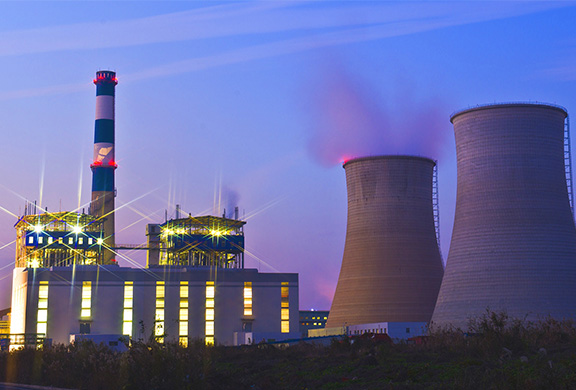 power plant stacks chimney
power plant stacks chimney
-
 Pulp & Paper stacks chimneys
Pulp & Paper stacks chimneys
-
 Petrochemicals stacks chimneys
Petrochemicals stacks chimneys
-
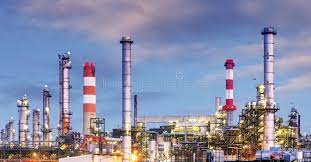 Chemicals Refinery stacks chimneys
Chemicals Refinery stacks chimneys
-
 Reclining industry stacks chimneys
Reclining industry stacks chimneys
-
 Food & Beverage stacks chimneys
Food & Beverage stacks chimneys
-
 Cement & Lime stacks chimneys
Cement & Lime stacks chimneys
-
 Mining & Minerals stacks chimneys
Mining & Minerals stacks chimneys
-
 Steel & Metal stacks chimneys
Steel & Metal stacks chimneys
-
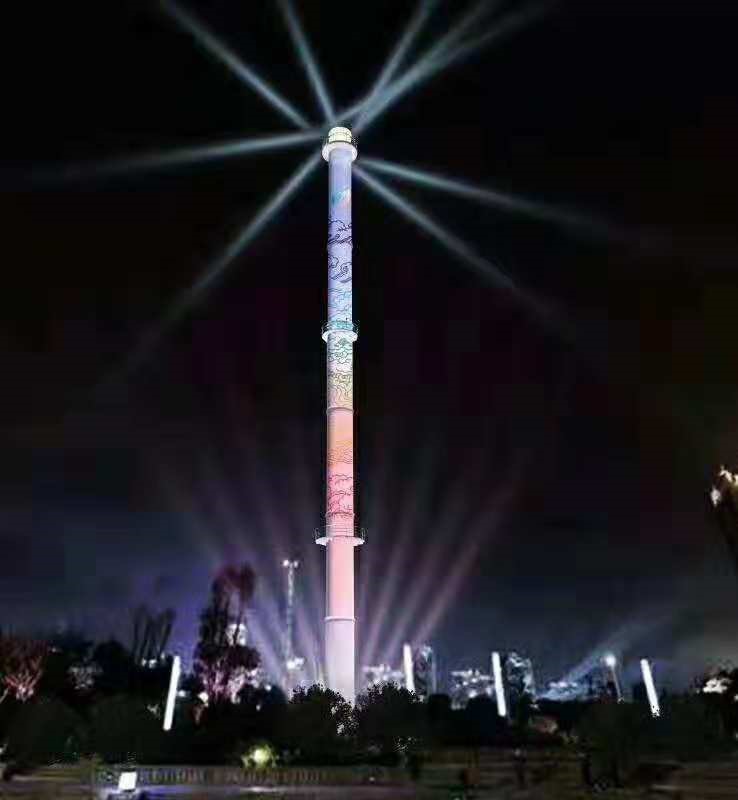 Chimney stacks Decoration
Chimney stacks Decoration
-
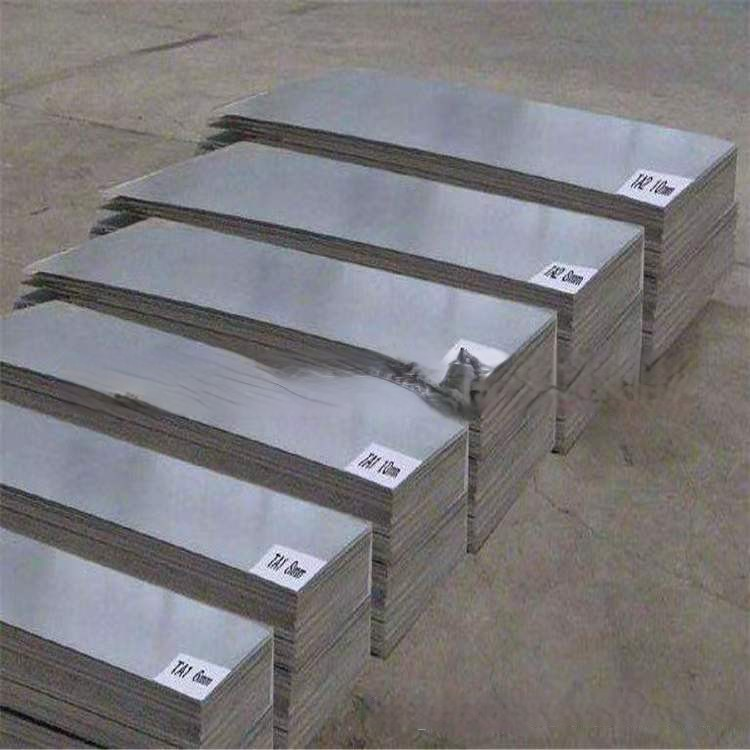 Thin Wall Titanium Clad Steel Plate
Thin Wall Titanium Clad Steel Plate
-
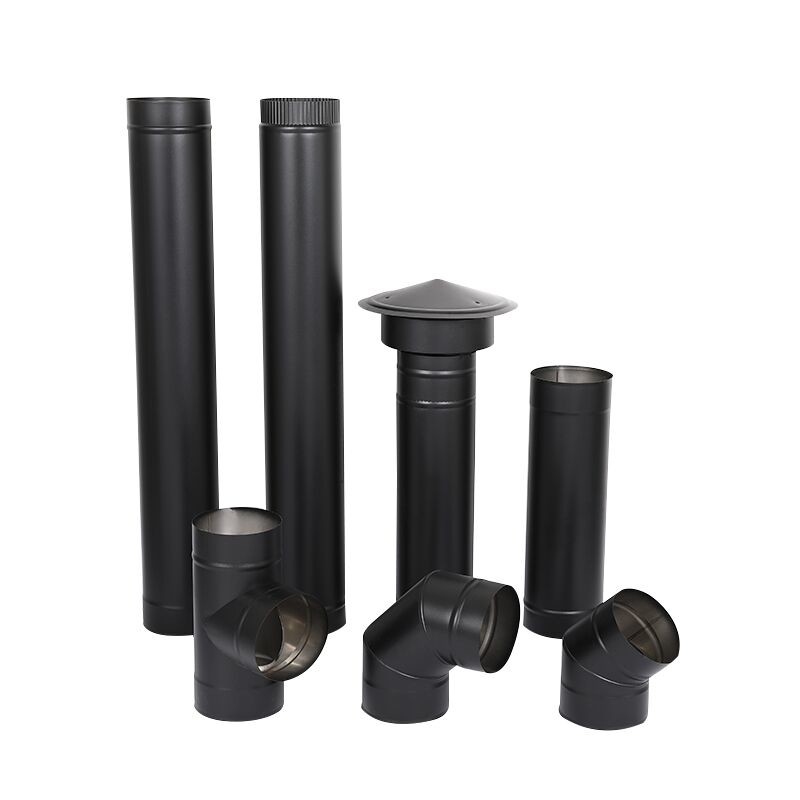 Stove Fireplace Chimney
Stove Fireplace Chimney
-
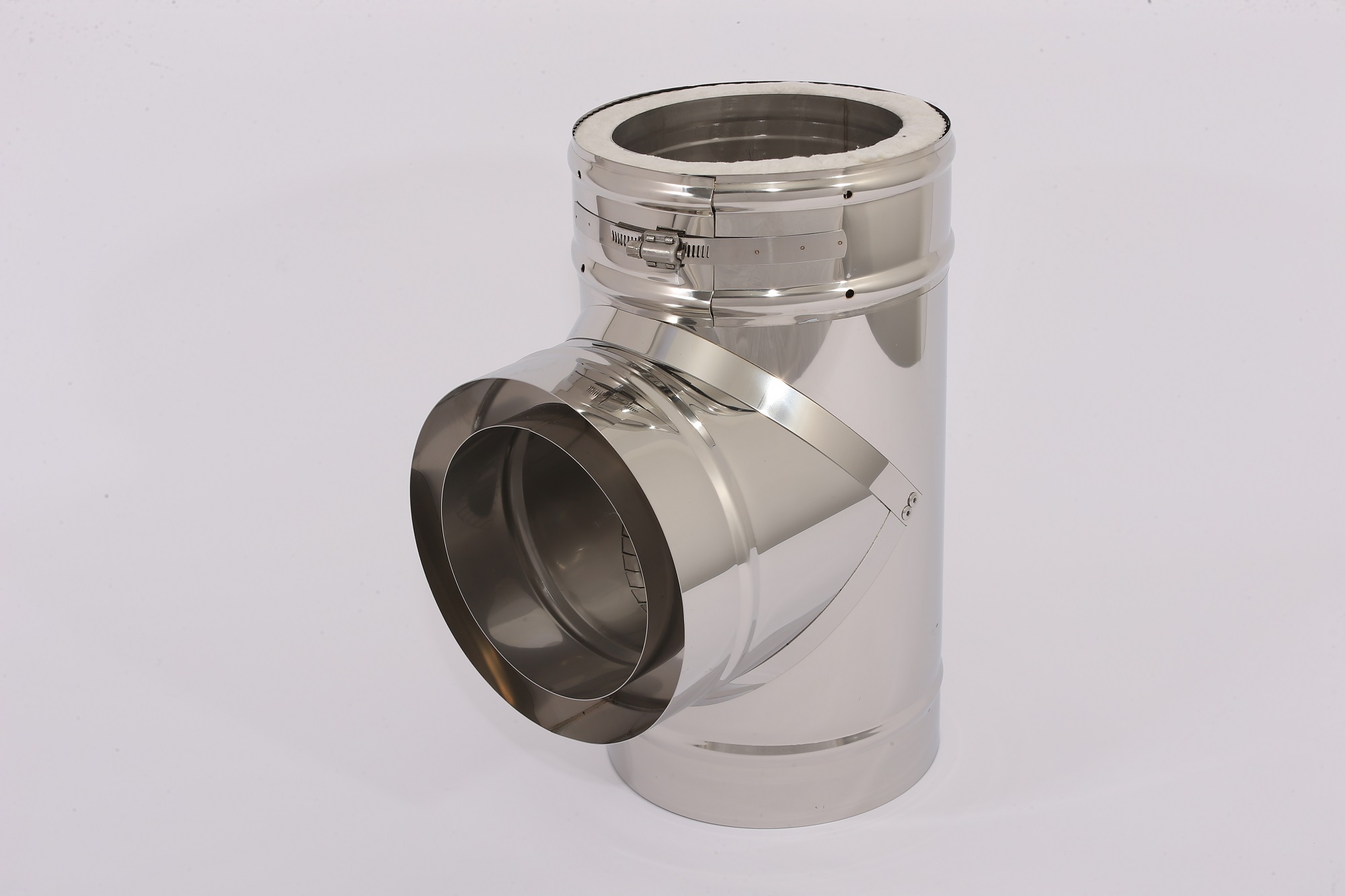 Chimney stacks accessories
Chimney stacks accessories
LATEST NEWS
CONTACT US
Tel:+86 (028)-62561606
Fax :+86 (028)-62561733
Mobile:+86 15881040688
Email: [email protected]
Whatsapp: +86 15881040688
The facts about Chimney fire
The Facts About Chimney Fires: Your Questions Answered
Most chimney fires are preventable, and in this resource, we’re going to help you understand how to prevent them. We’ll answer questions like:
What causes chimney fires?
How do you know if you’ve had a chimney fire?
What should you do if you’ve had a chimney fire?
And more.
Our goal is to provide you with the knowledge you need to make informed decisions around chimney maintenance and use, so you never have to experience a chimney fire first-hand. So, let’s get started.
@ https://www.linkedin.com/in/yb-industry-chimney-6a309b22b/
@ https://www.instagram.com/ybchimney/
@ https://www.blogger.com/blog/posts/650707060924862593
What Causes Chimney Fires?
Most chimney fires are caused by a dirty chimney.
We often get asked, ‘What is the black stuff in my chimney?’ Well, anytime you burn wood, byproducts of combustion are formed, and those byproducts include creosote and soot. This is what you’re seeing – and it’s not good.
Soot needs to be removed from the chimney periodically, but the byproduct of woodburning we’re most concerned with when it comes to chimney fires is creosote.
Here’s why…
When you burn wood, the smoke produced by the fire contains unburned wood particles. The smoke cools as it passes through the chimney, leaving condensation on the walls of the flue lining in the form of creosote.
Creosote is a black or brown residue that can be crusty and flaky, tar-like, drippy and sticky, or shiny and hardened. At first, the buildup may be light and easy to remove. But with each fire you burn in your fireplace, creosote can build up, thicken, and glaze.
Naturally, creosote is corrosive and can damage the flue liner over time, but the real concern is its high flammability. Because creosote is formed from unburned wood particles, all forms of creosote are highly combustible. If the temperature within the flue is right, the creosote inside could ignite and cause a chimney fire.
And if you’re thinking the temperature in the flue would have to get intensely hot for creosote to ignite – think again. Creosote can ignite at temperatures as low as 451 degrees F (for context, a fire in your fireplace can burn in excess of 450 degrees F), and even just an 1/8” buildup of creosote is considered enough to cause a chimney fire.
Now, you may be thinking, ‘Big deal. Aren’t chimneys capable of withstanding a little fire?’ Well, the answer is no. Chimneys are meant to contain smoke, not fire.
In fact, if you have a fire in your chimney, within a matter of seconds or minutes, the tile liner could expand and crack, allowing heat and fire to access the attic, nearby walls, and other combustibles in the home through the brickwork. And that’s how a chimney fire rapidly spreads to become a full-fledged house fire.
But creosote isn’t the only thing responsible for dirtying the chimney and increasing the risk of a dangerous chimney fire…
Flammable blockages caused by birds’ nests and other debris, can also cause a chimney fire. And it’s not uncommon to find nesting materials in a chimney, either. In fact, even though many folks don’t realize it, an uncapped chimney is a welcoming place for birds, raccoons, squirrels, and other critters. These critters bring with them nesting materials, fur, feathers, and feces, all of which can cause a chimney blockage, dirty the flue, and lead to a chimney fire.
Like we said, most chimney fires are preventable. All you must do to prevent dirty chimney-related chimney fires is schedule annual inspections and cleanings as needed, and make sure your chimney is properly capped. Easy as pie.
